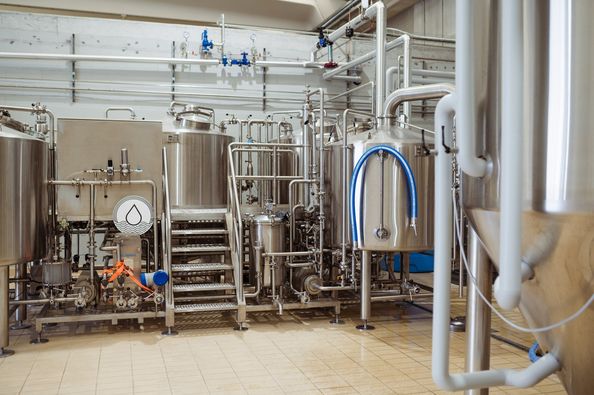Best craft brewery tanks in 2025
Craft brewery tanks are the unsung heroes of the beer-making process. Think of them as the backbone of your brewery—without them, you’re just a dreamer with a recipe. Whether you’re a seasoned brewer or just starting out, understanding the ins and outs of these tanks is crucial. From the different types available to how to maintain them, this guide will walk you through everything you need to know about craft brewery tanks. So, grab a pint, sit back, and let’s dive into the world of brewing vessels!
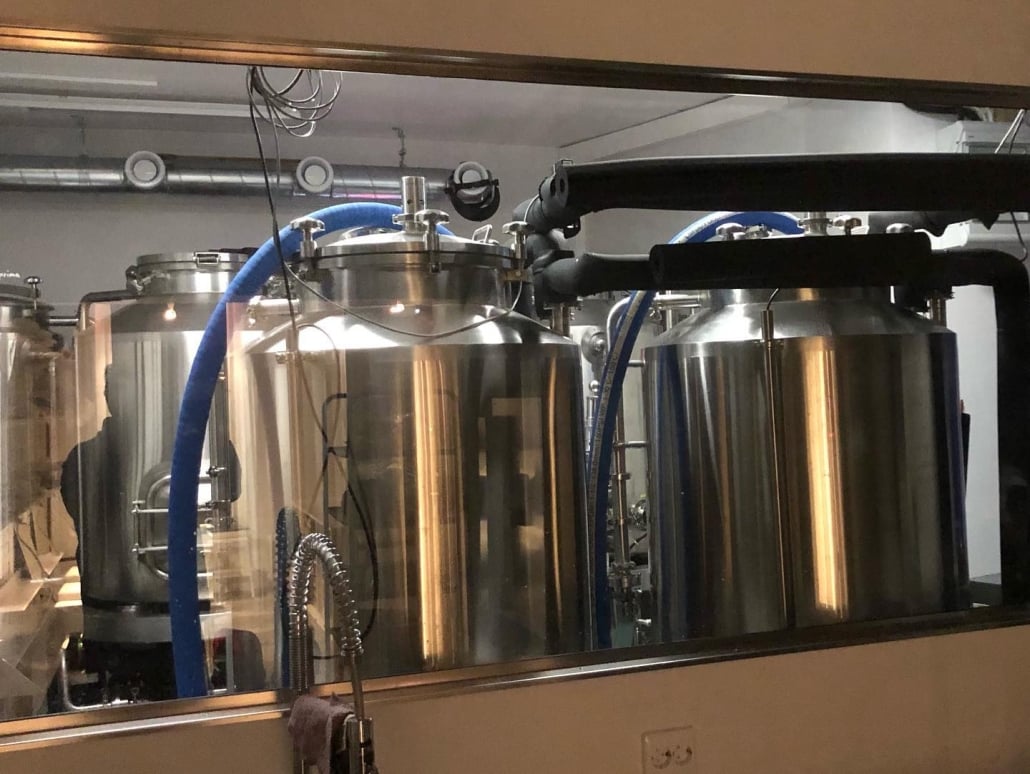
Overview of Craft Brewery Tanks
Craft brewery tanks are specialized containers used in the beer-making process. They come in various shapes, sizes, and materials, each designed for a specific stage of brewing. From mashing and boiling to fermenting and storing, these tanks are where the magic happens. But not all tanks are created equal. The type of tank you choose can significantly impact the quality, flavor, and efficiency of your brew.
Why are they so important? Well, imagine trying to bake a cake without an oven. Sure, you could try, but the results would be… questionable. The same goes for brewing beer without the right tanks. They ensure consistency, control, and quality—three things every brewer strives for.
Different Types of Craft Brewery Tanks
When it comes to craft brewery tanks, there’s no one-size-fits-all solution. Each type serves a unique purpose in the brewing process. Let’s break them down:
- Mash Tuns: These tanks are where the mashing process happens. Grains are mixed with hot water to extract fermentable sugars. Think of it as the “tea steeping” stage of brewing.
- Brew Kettles: Once the mash is complete, the liquid (now called wort) is transferred to the brew kettle. Here, it’s boiled, and hops are added for flavor and aroma.
- Fermenters: This is where the yeast works its magic, converting sugars into alcohol and carbon dioxide. Fermenters come in two main types: open and closed. Closed fermenters are more common in modern breweries because they offer better control over the fermentation process.
- Bright Tanks: After fermentation, the beer is transferred to bright tanks for conditioning and carbonation. This is where the beer gets its final polish before being packaged.
- Unitanks: These are the Swiss Army knives of brewery tanks. They combine the functions of fermenters and bright tanks, making them a popular choice for smaller breweries with limited space.
Each type of tank plays a critical role in the brewing process, and choosing the right one depends on your specific needs and production scale.
The Use of Different Types of Craft Brewery Tanks
Now that we’ve covered the types, let’s talk about how they’re used. Each tank has a specific job, and understanding their roles can help you optimize your brewing process.
- Mash Tuns: These are all about extracting sugars. The temperature and time spent in the mash tun can affect the beer’s body and flavor. Too hot, and you’ll extract unwanted tannins. Too cold, and you won’t get enough fermentable sugars.
- Brew Kettles: The boil is where you add hops, which contribute bitterness, flavor, and aroma. The length of the boil can also affect the beer’s final character. A longer boil can lead to a more caramelized, malty flavor.
- Fermenters: This is where the yeast does its thing. Temperature control is crucial here. Too hot, and you’ll get off-flavors. Too cold, and the yeast might go dormant.
- Bright Tanks: These are for finishing touches. Carbonation levels are adjusted here, and any remaining yeast or sediment is removed.
- Unitanks: These are great for breweries looking to save space and streamline their process. They allow you to ferment and condition in the same vessel, reducing the need for multiple tanks.
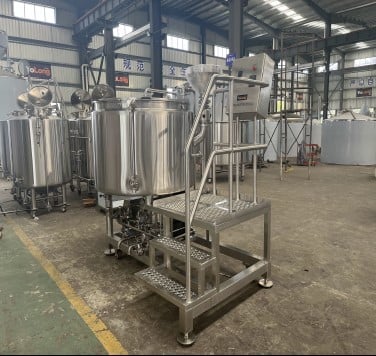

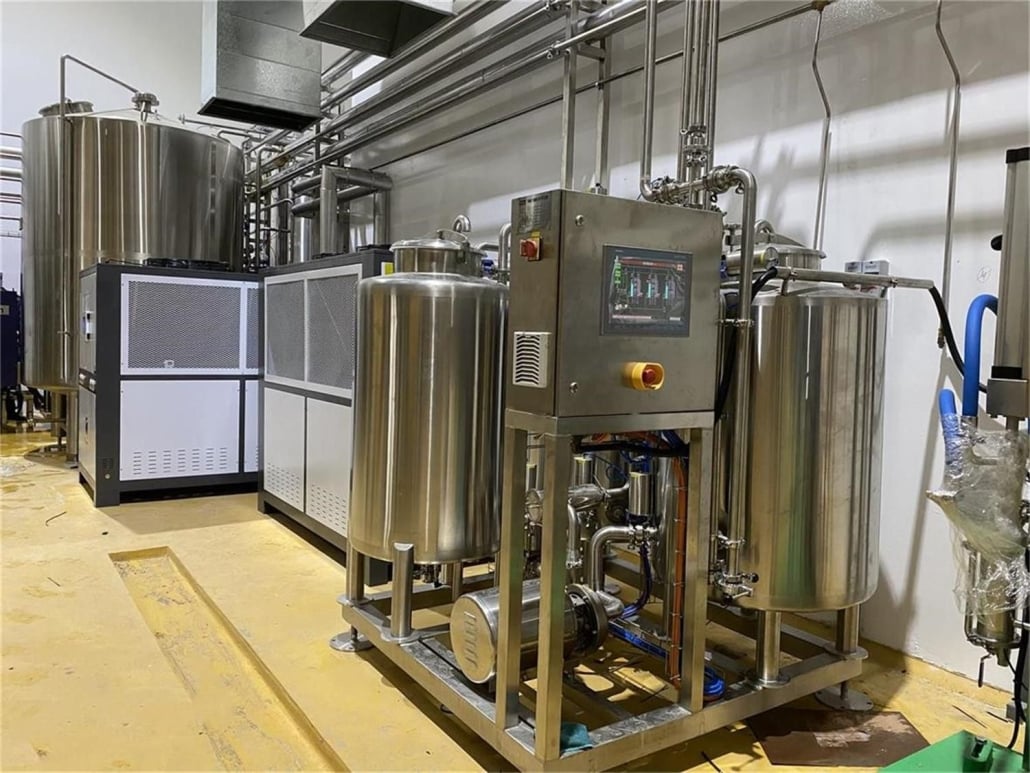
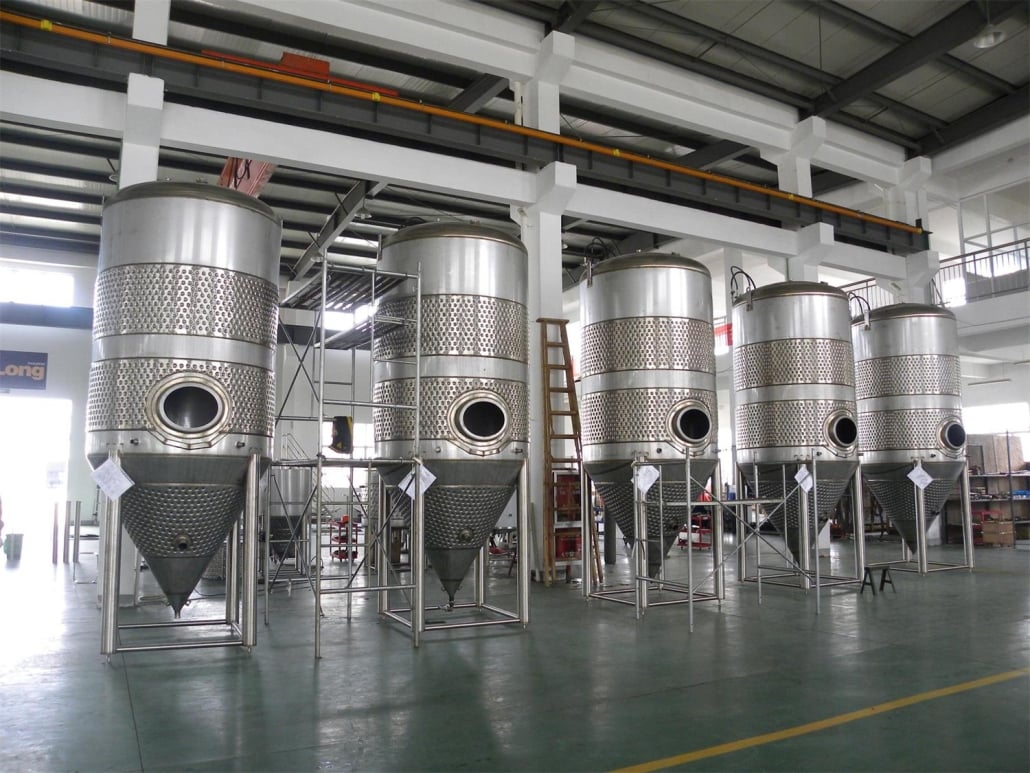
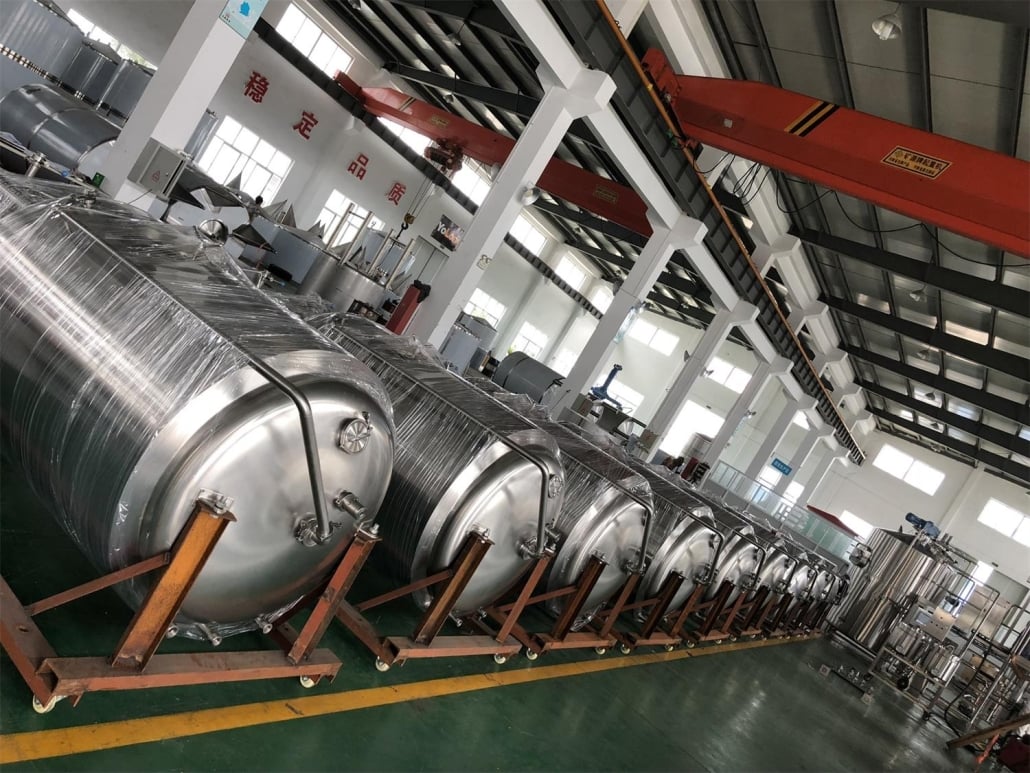
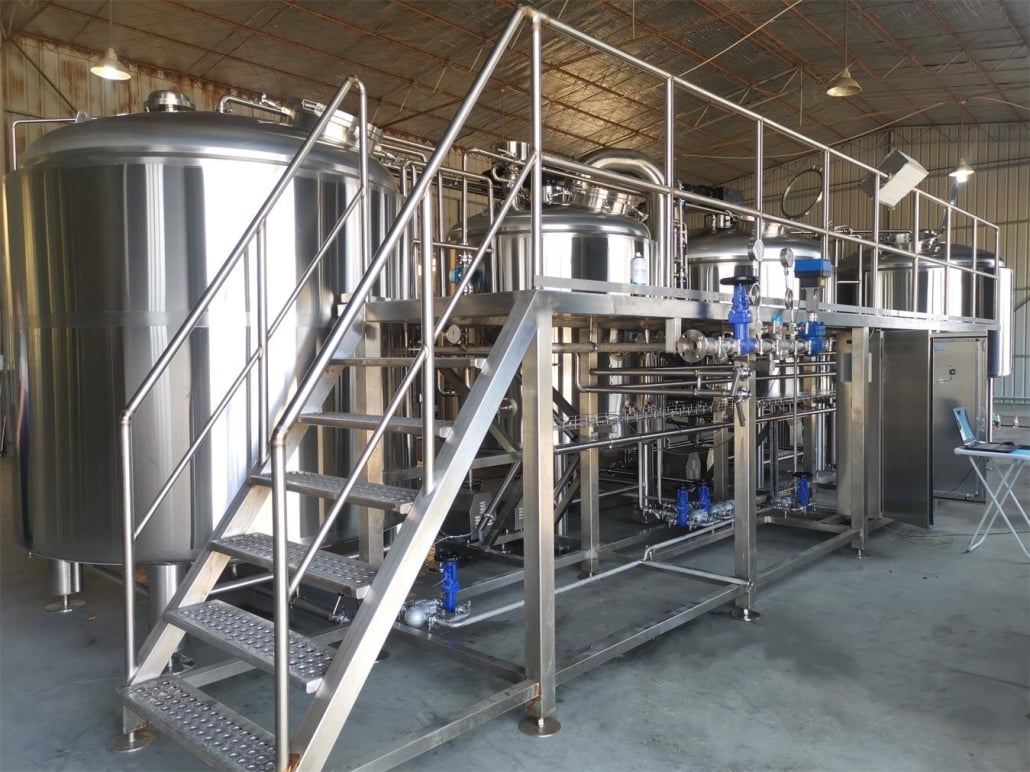
How to Choose the Right Craft Brewery Tanks
Choosing the right tanks can feel overwhelming, but it doesn’t have to be. Here are some factors to consider:
- Production Volume: How much beer do you plan to brew? Larger breweries will need bigger tanks, while smaller operations can get by with smaller ones.
- Space Constraints: Do you have enough room for multiple tanks, or do you need to maximize space with unitanks?
- Budget: Tanks can be a significant investment. Decide whether you want to go for new equipment or consider second-hand options.
- Material: Stainless steel is the most common material for brewery tanks because it’s durable, easy to clean, and resistant to corrosion. However, some brewers prefer copper for its aesthetic appeal and heat conductivity.
- Future Growth: Think about where you want your brewery to be in five years. Investing in slightly larger tanks now can save you from having to upgrade later.
Craft Brewery Tanks: Second Hand vs. New Equipment
| Aspect | Second-Hand Tanks | New Tanks |
|---|---|---|
| Cost | More affordable upfront | Higher initial investment |
| Lifespan | May have shorter lifespan due to wear and tear | Longer lifespan with proper maintenance |
| Customization | Limited options | Fully customizable to your needs |
| Maintenance | May require more frequent repairs | Lower maintenance needs |
| Warranty | Usually no warranty | Comes with manufacturer warranty |
Maintenance and Cleaning Techniques for Craft Brewery Tanks
| Technique | Description |
|---|---|
| CIP (Clean-in-Place) | A system that cleans tanks without disassembly. Uses a mix of water, acid, and caustic solutions. |
| Manual Cleaning | Scrubbing by hand. Labor-intensive but effective for hard-to-reach areas. |
| Sanitization | Using chemicals or heat to kill bacteria and other microorganisms. |
| Inspection | Regularly checking for wear, corrosion, or damage. |
How to Extend the Lifespan of Craft Brewery Tanks
Want to get the most out of your tanks? Here are some tips:
- Regular Cleaning: A clean tank is a happy tank. Regular cleaning prevents buildup and corrosion.
- Proper Storage: If you’re not using a tank, make sure it’s stored properly to avoid damage.
- Routine Inspections: Catch small issues before they become big problems.
- Use the Right Cleaning Agents: Harsh chemicals can damage your tanks. Stick to brewery-approved cleaners.
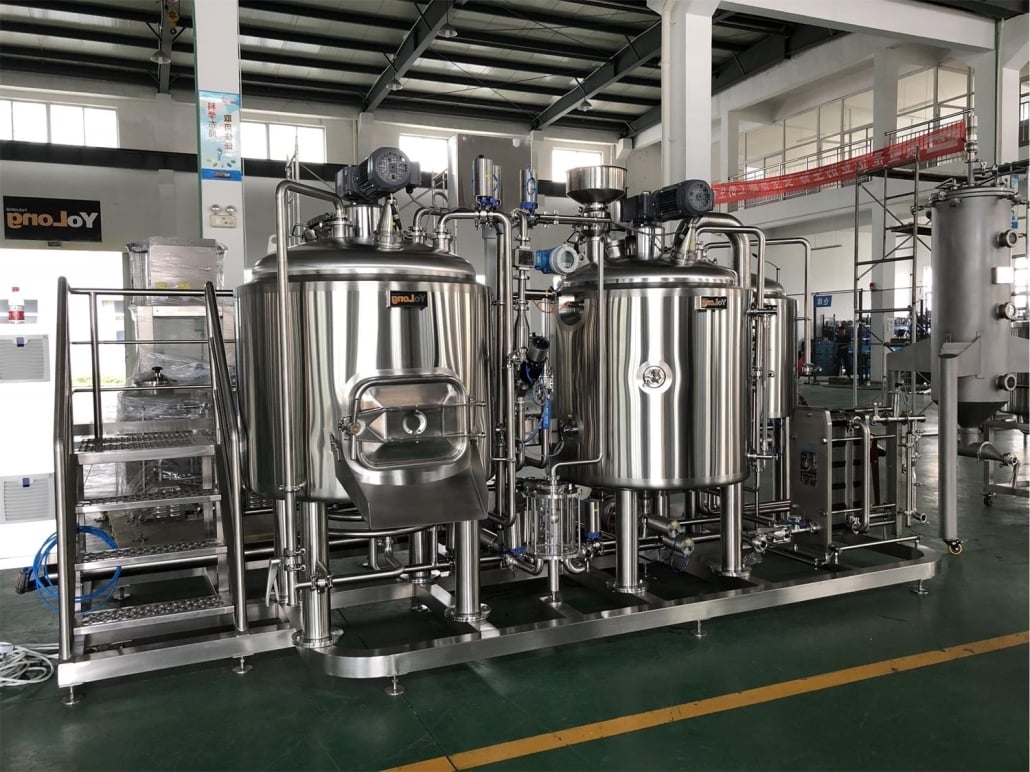
Price Range for Craft Brewery Tanks
The cost of craft brewery tanks can vary widely depending on size, material, and whether they’re new or used. Here’s a rough breakdown:
- Small Tanks (1-10 barrels): $1,000 – $10,000
- Medium Tanks (10-50 barrels): $10,000 – $50,000
- Large Tanks (50+ barrels): $50,000 – $200,000+
FAQ
| Question | Answer |
|---|---|
| What’s the best material for brewery tanks? | Stainless steel is the most popular due to its durability and ease of cleaning. |
| Can I use second-hand tanks? | Yes, but inspect them thoroughly for wear and tear. |
| How often should I clean my tanks? | After every use, with a deep clean at least once a month. |
| What’s the difference between a fermenter and a bright tank? | Fermenters are for fermentation, while bright tanks are for conditioning and carbonation. |
| How do I know what size tank to buy? | Consider your production volume and future growth plans. |
Share this entry
Interested in learning more about Brewing Systems including additional details and pricing information? Please use the form below to contact us!
YOLONG BREWERY EQUIPMENT FAQS
- Commercial Brewery / Craft Brewery / Microbrewery / Nanobrewery
- What is The Difference Between Craft Beer and Industrial Beer?
- The Bespoke Differences In Custom Brewing Systems
- Everything You Need to Know About Kettle Souring
- How to Choose Brewing Equipment for Your business?
- How To Choose The-Best Partner To Build Your Commercial Microbrewing System?
- Two Detection Sensors That You Need To Use In Your Brewhouse System
- Remote Control Applications in Brewing Equipment/How does it work?
- How To Clean Your Brand New Brewery Tanks?

